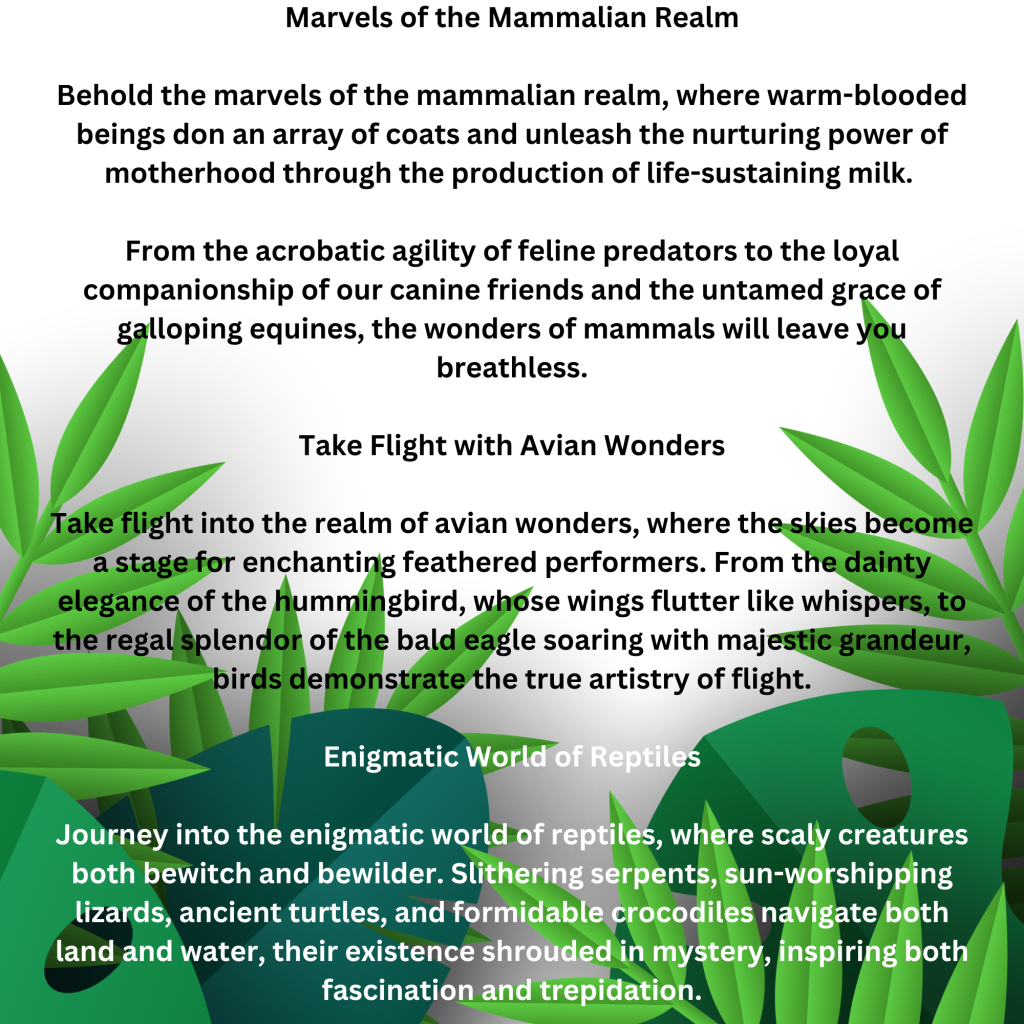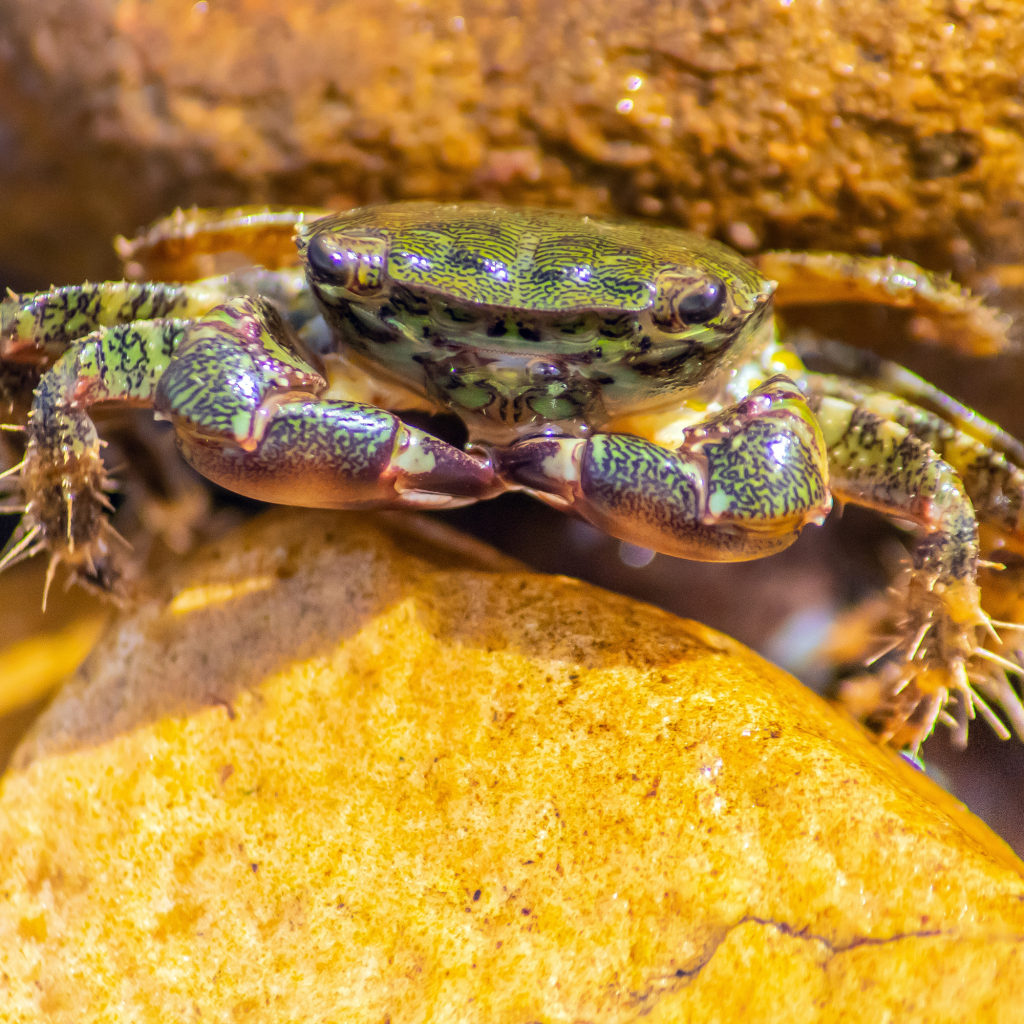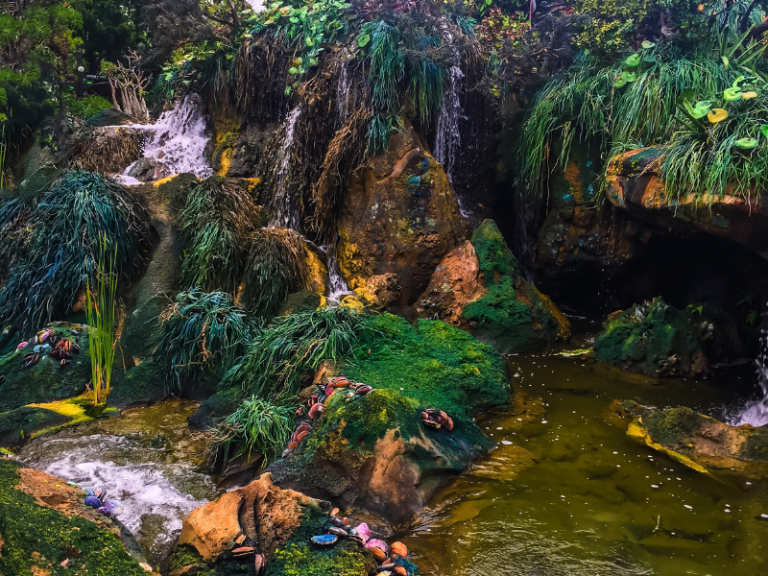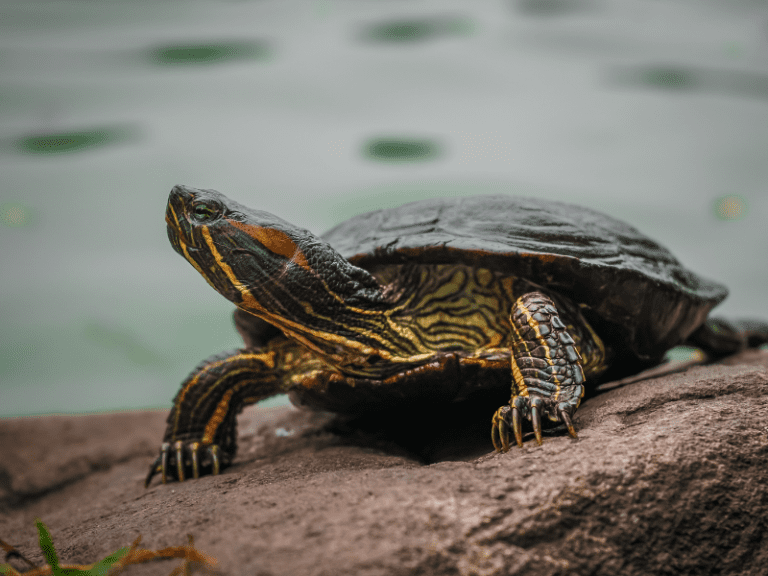Unleash Your Inner Animal Expert with These Fascinating Facts
FULL DISCLOSURE: The links I share in this course ARE my affiliate links. This means I earn a commission, at no extra cost to you. In fact, sometimes you’ll get a discount or free credits just FOR using my link. 🙂
Are you ready to unleash your inner animal expert? Whether you're an animal lover or just looking to impress your friends with some fascinating facts, you've come to the right place. From the king of the jungle to the tiniest insects, the animal kingdom is full of wonders that will leave you in awe.
Did you know that a group of flamingos is called a flamboyance? Or that a group of rhinoceroses is called a crash? These are just a couple of the many interesting animal facts that you'll learn in this article. So get ready to impress your friends with your newfound knowledge of the animal world. Whether you're a fan of cute and cuddly creatures or the more exotic and dangerous ones, there's something for everyone in the animal kingdom.
Welcome to the Extraordinary Realm of Animals!
Prepare to be captivated by the boundless diversity that thrives within the animal kingdom, a vibrant tapestry woven with countless intriguing creatures and their mesmerizing stories.


In this wild world of animals, prepare to witness the extraordinary, the bizarre, and the awe-inspiring. Embark on a journey of discovery where each encounter with these remarkable creatures reveals a new chapter in the ever-unfolding story of life on Earth.
Unlocking Your Inner Animal: Personality Traits
So, you want to unleash your inner animal expert, huh? Well, before you start howling at the moon or roaring like a lion, let's talk about unlocking your inner animal personality traits.
You may have heard of the Myers-Briggs personality test, but have you ever taken the “Which Animal Are You?” quiz? No? Well, you're missing out. This quiz will tell you which animal matches your personality traits. Are you a cunning fox or a loyal dog? Maybe you're a graceful gazelle or a fierce tiger. Take the quiz to find out!

But, let's not rely solely on an online quiz to determine your inner animal. Take a moment to reflect on your own personality traits. Are you a social butterfly like a dolphin or a lone wolf like, well, a wolf? Do you have the patience of a sloth or the agility of a cheetah? Are you stubborn like a mule or adaptable like a chameleon?
Once you've identified your inner animal, embrace it. Own your strengths and weaknesses. Use your animal instincts to guide you in your decision-making. Remember, your inner animal is a part of you, but it doesn't define you entirely.
Eyes and Ears: Sensory Adaptations in Animals
Seeing Like a Snake
You may think your eyes are impressive, but have you ever considered the eyes of a snake? These slithery creatures have some of the most fascinating eyes in the animal kingdom. Snakes have a unique adaptation that allows them to see in almost complete darkness. They have a layer of cells in their eyes called the tapetum lucidum that reflects light back through the retina, giving them a second chance to see any available light. This adaptation is especially useful for nocturnal snakes, allowing them to hunt and navigate with ease in the dark.
Hearing Like an Ant
Ants may be small, but their hearing is mighty. These tiny insects have a unique adaptation that allows them to hear sounds that are too high for humans to detect. Ants have tiny hairs on their legs that vibrate in response to sound waves, allowing them to “hear” the world around them. This adaptation is especially useful for ants that communicate with each other through sound, such as the queen ant calling out to her workers.
Adaptations in Ears
Ears are not just for humans, animals have them too. Different animals have different ear adaptations to suit their needs. For example, elephants have large ears that can detect sounds from miles away, while bats have ears that are specially designed to detect high-frequency sounds for echolocation. Even some fish have ears, which are located inside their heads and allow them to detect vibrations in the water.
Adaptations in Eyes
Eyes are another important sensory organ in animals. Different animals have different eye adaptations to suit their needs. For example, cats have eyes that are specially designed to see in low light, while birds have eyes that are adapted for detecting movement and color. Even some insects have compound eyes that allow them to see in almost every direction at once.
Physical Characteristics: From Hair to Nails
When it comes to animals, their physical characteristics can be fascinating. From the hair on their backs to the nails on their toes, every detail is unique and interesting. Let's take a closer look at some of the most intriguing physical characteristics of animals.
The Back of a Tiger
Have you ever seen the back of a tiger up close? It's covered in beautiful, striped fur that helps them blend into their surroundings. But did you know that each tiger's stripes are unique, just like a human fingerprint? Tigers also have a special layer of fat on their backs that helps protect them during fights.
The Legs of an Ape
Apes are known for their incredible strength, and their legs are a big part of that. Their thigh bones are thicker and stronger than humans, allowing them to jump and climb with ease. They also have opposable big toes, which means they can grasp onto things with their feet just like they do with their hands.
When it comes to nails, some animals have them, while others don't. For example, tigers have retractable claws that they use for hunting and climbing trees. Their claws are razor-sharp and can be up to 4 inches long. On the other hand, apes don't have retractable claws, but they do have long, curved nails that help them grip onto branches and climb.
Survival Tactics: Prey and Predators

You may think you're a tough cookie, but when it comes to survival in the wild, you're no match for a predator. Whether you're a prey or predator, you need to have some survival tactics up your sleeve to make it through the day.
Prey
If you're a prey, you need to be quick on your feet. When you see a predator, don't panic! You need to keep calm and run as fast as you can. Here are some tips to help you survive:
- Stay alert: Always be aware of your surroundings. Listen for sounds and watch for movement.
- Stay in groups: There's safety in numbers. Stick with your herd or flock, and you'll be less likely to be singled out by a predator.
- Hide: If you can't run, hide! Find a place to conceal yourself, like a bush or a tree.
- Fight back: If you're cornered, fight back! Use your hooves, antlers, or horns to defend yourself.
Predators
If you're a predator, you need to be stealthy. You don't want your prey to see you coming. Here are some tips to help you survive:
- Be patient: Don't rush in. Wait for the right moment to strike.
- Use your senses: Listen for the sounds of your prey, and use your sense of smell to track them down.
- Be fast: When you do strike, be fast! Use your speed and agility to catch your prey off-guard.
- Be strategic: Don't waste your energy chasing after prey that's too fast or too strong for you. Choose your targets wisely.
Aquatic Life: Understanding Fish
You may think you know fish, but did you know that some fish can actually climb trees? Yes, you read that right! The mangrove killifish has been known to climb trees to escape predators or find new habitats. Talk about versatility!
Fish come in all shapes and sizes, from the tiny Paedocypris fish that can fit on your fingertip to the massive whale shark that can grow up to 40 feet long. And let's not forget about the weird and wacky fish out there, like the blobfish that looks like it's constantly having a bad day.
One thing all fish have in common is their need for water. Fish breathe through gills, which extract oxygen from water as it flows over them. Some fish, like the lungfish, can breathe air as well as water, but most fish are strictly aquatic creatures.
Fish are also incredibly diverse in their diets. Some fish, like the piranha, are carnivorous and feed on other fish and animals. Others, like the whale shark, are filter feeders and eat only plankton. And then there are the herbivorous fish, like the rabbitfish, that feed on algae and other plant matter.
How Animals Interact with Friends

Animals are social creatures, just like you. They have friends too! Here are some fascinating facts about how animals interact with their buddies:
- Elephants are known for their strong social bonds. They have been observed hugging and even shedding tears when they reunite with old friends.
- Dolphins are also very social animals. They form groups called pods and communicate with each other using a series of clicks and whistles. They even have names for each other!
- Chimpanzees have been observed grooming each other as a form of social bonding. They will spend hours picking bugs off their friends' fur and eating them.
- Meerkats are known for living in large family groups. They work together to hunt for food and protect each other from predators. They even take turns keeping watch for danger while the others sleep.
- Dogs are often called man's best friend for a reason. They are loyal companions who form strong bonds with their owners. They can also form friendships with other dogs and even with cats and other animals.
A Journey Back Home: Appreciating the Bonds in the Animal Kingdom
As we circle back to our starting point, having ventured through the mesmerizing tapestry of the animal kingdom, we can't help but marvel at the sheer complexity of life on Earth. Each creature, from the smallest insect to the largest mammal, has a story to tell, a role to play, and a unique perspective on the world around them.
In our exploration, we've witnessed animals in their natural habitats, beholding their exquisite adaptations and complex behaviors. We've seen the magnificent spectacle of flight, the mystifying world of reptiles, the ethereal journey of amphibians, the vibrant mosaic of marine life, and the incredible industriousness of insects. Each encounter reveals a chapter of the continuous narrative of life, enriching our understanding of these wonderful creatures and their intricate ecosystems.
Now, let us reflect on one unifying thread that binds many of these diverse creatures together – the compelling ways in which they engage in social interactions. Much like us, animals too have their own unique ways of forging bonds and maintaining relationships with their kin. They engage in endearing displays of affection, communicating with a symphony of sounds, and even grooming each other. Their behavior demonstrates the innate social nature of many species, and underscores the universal importance of companionship and community.
Whether it's hugging, communicating with clicks and whistles, or grooming each other, these social creatures know the importance of having buddies by their side. Through these actions, they show us the significance of social bonds in survival and success, and in their own ways, teach us valuable lessons about love, empathy, cooperation, and resilience.
In the grandeur of the animal kingdom, let us find inspiration, curiosity, and a profound sense of respect. For every creature, no matter how small or seemingly insignificant, contributes to the intricate web of life, playing its part in the balance of nature.
As our journey concludes, it is my hope that this exploration into the extraordinary realm of animals has ignited a spark of fascination and appreciation within you. Let us continue to marvel at their wonders, respect their roles in our world, and cherish the invaluable lessons they impart. For in understanding them, we gain deeper insights into the interconnectedness of all life on Earth, including our own.






